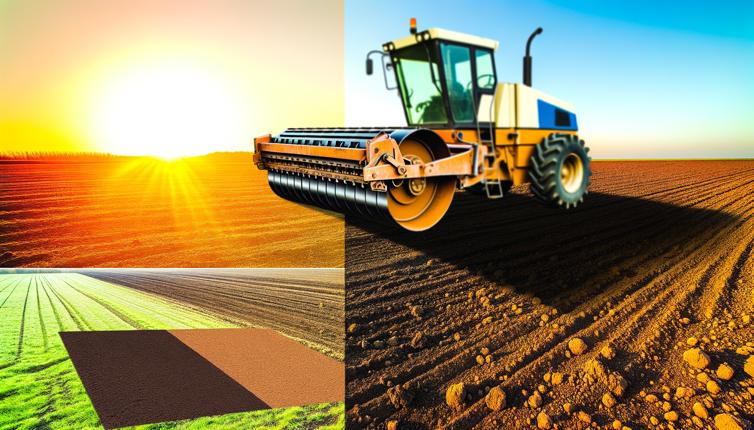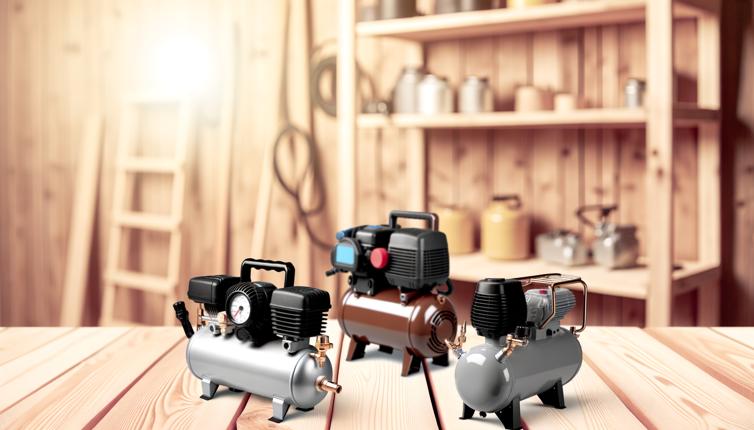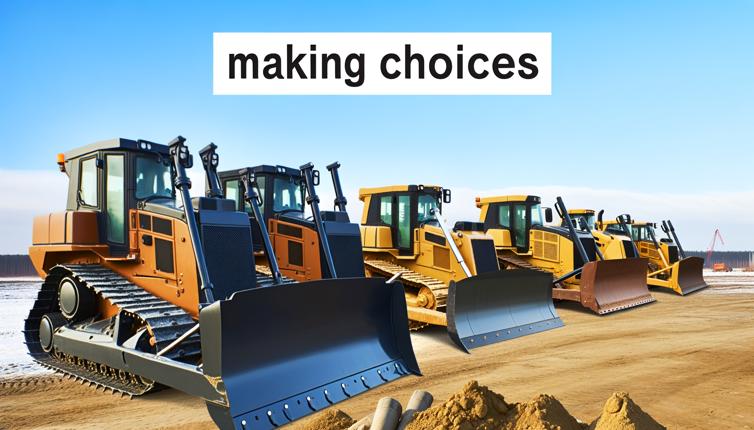Understanding Soil Types
Before choosing a compactor, it is important to have a clear understanding of the different types of soil. Soil can be broadly classified into three categories: granular, cohesive, and organic.,Granular soil consists of loose particles that do not stick together. It is typically found in sandy or gravelly areas.,Cohesive soil, on the other hand, has fine particles that stick together and form clumps when wet. It includes clay and silt and is often found in areas with high moisture content.,Organic soil is rich in organic matter and is usually found in areas with decomposing plant material. It tends to be loose and has poor load-bearing capacity.
Factors to Consider
Once you have identified the type of soil you are working with, there are several factors to consider when choosing a compactor:,- Soil Moisture Content: Compaction is more effective when the soil is at its optimum moisture content. Different compactors have different moisture requirements, so it is important to choose one that is suitable for your specific soil moisture conditions.,- Soil Density: The density of the soil plays a crucial role in determining the compactor type. For loose or granular soil, a vibratory plate compactor or a rammer is usually more effective. For cohesive soil, a smooth drum vibratory roller or a padfoot roller is often recommended.,- Project Size: Consider the size of your project when choosing a compactor. For small areas or narrow spaces, a handheld plate compactor or a trench roller may be more suitable. For larger areas, a ride-on roller or a pneumatic tire roller can provide more efficient compaction.,- Accessibility: If your project site has limited accessibility, such as steep slopes or tight corners, you may need to opt for a compact and maneuverable compactor like a walk-behind roller or a tamper.,- Noise and Vibration Levels: Some compactors generate a significant amount of noise and vibration, which can be a concern for certain projects or work environments. Consider the noise and vibration levels of the compactor before making a decision.,- Fuel Type: Depending on your preferences and the availability of resources, you can choose between diesel-powered, gasoline-powered, or electric compactors.,- Cost: Last but not least, consider the cost of purchasing or renting the compactor. Compare prices from different suppliers and choose a compactor that offers the best value for your budget.
Common Types of Compactors
There are several types of compactors commonly used for soil compaction:,- Vibratory Plate Compactors: These compactors are perfect for compacting granular soil and smaller areas. They use vibration to consolidate the soil particles and achieve optimum compaction.,- Rammers: Also known as jumping jacks, rammers are suitable for compacting granular and cohesive soil in tight spaces or areas with limited accessibility. They deliver high-impact compaction through percussive force.,- Smooth Drum Vibratory Rollers: These rollers are designed for compacting cohesive soil. They use vibration and weight to achieve compaction and create a smooth finish on the surface.,- Padfoot Rollers: Padfoot rollers, also known as sheepsfoot rollers, are ideal for compacting cohesive soil with a high moisture content. They have pads or feet on the drum that help to knead the soil and remove air voids.,- Pneumatic Tire Rollers: These rollers are effective for compacting cohesive and granular soil. They have a set of rubber tires that provide kneading action and generate consistent pressure on the soil surface.,- Walk-Behind Rollers: These compact and maneuverable rollers are suitable for small to medium-sized projects. They are often used for asphalt compaction or patching work.,- Trench Rollers: Trench rollers are designed for compacting soil in narrow trenches. They are compact, easy to maneuver, and have a curved drum that matches the trench shape.,- Tampers: Tampers, also known as handheld compactors, are used for small-scale compaction in confined spaces. They are typically used for repairing asphalt or compacting soil in tight areas.,Each type of compactor has its advantages and limitations. Understanding the soil conditions and project requirements will help you choose the most suitable compactor for your needs.
Conclusion
Choosing the right compactor for your soil conditions is essential for achieving proper compaction and ensuring the long-term stability of your construction projects. By considering factors such as soil type, moisture content, density, project size, accessibility, noise/vibration levels, fuel type, and cost, you can make an informed decision that maximizes efficiency and effectiveness. Remember to always follow the manufacturer's guidelines and consult with experts or suppliers for specific recommendations. With the right compactor, you can create a sturdy and durable foundation for any construction endeavor.









